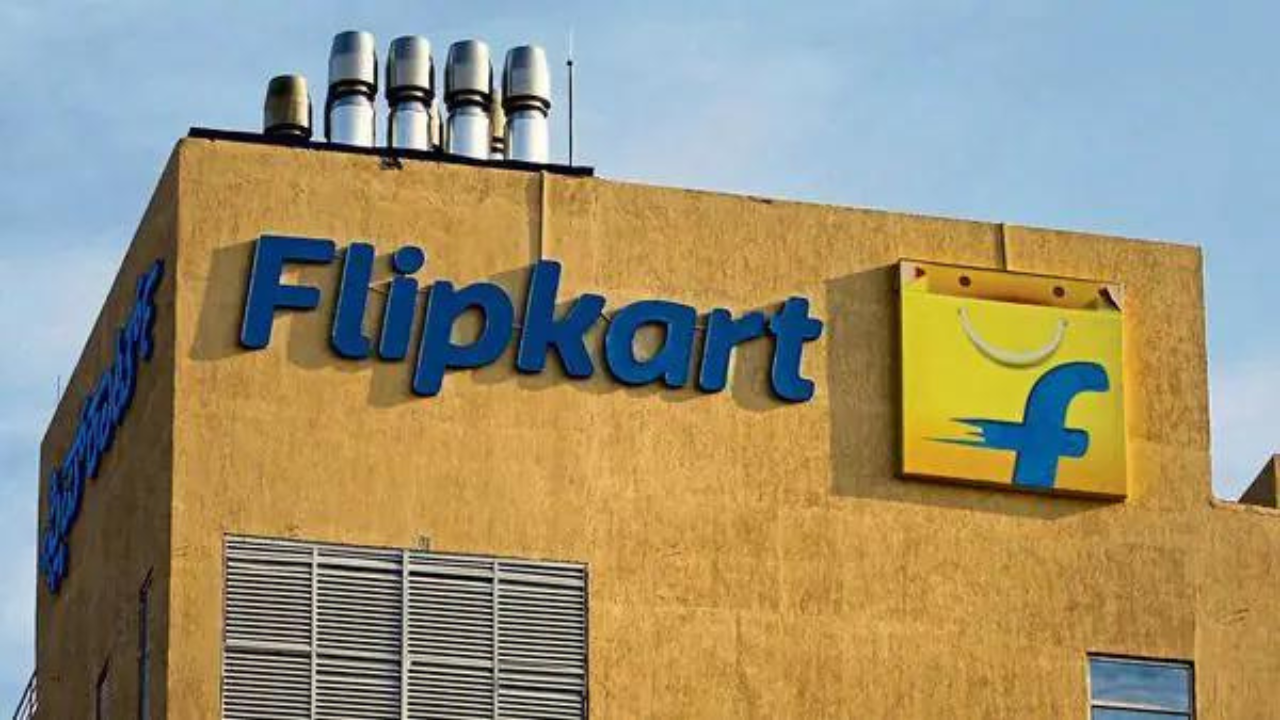Flipkart is a household name in India, representing one of the most remarkable success stories in the e-commerce sector. From its humble beginnings to becoming a dominant force in the Indian online retail market, Flipkart’s journey is a testament to innovation, perseverance, and an in-depth understanding of the Indian consumer. Let’s delve into the inspiring story of Flipkart’s rise to prominence.
The Humble Beginnings
Flipkart was founded in 2007 by Sachin Bansal and Binny Bansal, both alumni of the Indian Institute of Technology, Delhi, and former Amazon employees. The company started as an online bookstore, operating out of a modest two-bedroom apartment in Bengaluru. Their initial focus was to create an easy-to-use and reliable online shopping platform for books.
Expanding the Product Range
Encouraged by the success in the book market, Flipkart soon diversified its product offerings. By 2010, Flipkart had ventured into electronics, fashion, home appliances, and more. This diversification was crucial in attracting a broader customer base and becoming a one-stop-shop for Indian consumers.
The Cash-on-Delivery Model
One of Flipkart’s most significant innovations was the introduction of the cash-on-delivery (COD) payment model. Given the low penetration of credit cards and the mistrust of online payments in India at the time, COD was a game-changer. It allowed customers to pay for their orders upon delivery, significantly boosting consumer confidence and driving sales.
Raising Capital and Scaling Up
To support its rapid growth, Flipkart raised substantial capital from investors. Major funding rounds helped the company expand its operations, invest in technology, and enhance its logistics network. By 2014, Flipkart had raised over $1 billion, making it one of the most well-funded start-ups in India.
Acquisitions and Strategic Partnerships
Flipkart’s growth strategy also involved several key acquisitions and partnerships. In 2014, it acquired Myntra, a leading fashion e-commerce company, to strengthen its position in the fashion segment. Subsequent acquisitions, such as Jabong and PhonePe, further expanded its market presence and diversified its offerings.
The Walmart Acquisition
In 2018, Walmart acquired a 77% stake in Flipkart for $16 billion, marking one of the largest e-commerce deals globally. This acquisition provided Flipkart with additional resources and expertise to compete with Amazon India and further solidified its leadership in the Indian market.
Innovation and Customer Focus
Flipkart has consistently focused on enhancing the customer experience through innovative features and services. Initiatives like Big Billion Days, an annual shopping festival, and Flipkart Plus, a customer loyalty program, have been pivotal in retaining customers and driving sales.
Conclusion
Flipkart’s journey from a small start-up to an e-commerce giant is a story of vision, innovation, and resilience. By understanding and catering to the unique needs of Indian consumers, adopting innovative payment models, and continuously expanding its product range, Flipkart has firmly established itself as a leader in the Indian e-commerce landscape. As it continues to evolve and grow, Flipkart’s story remains a source of inspiration for entrepreneurs and businesses worldwide.

